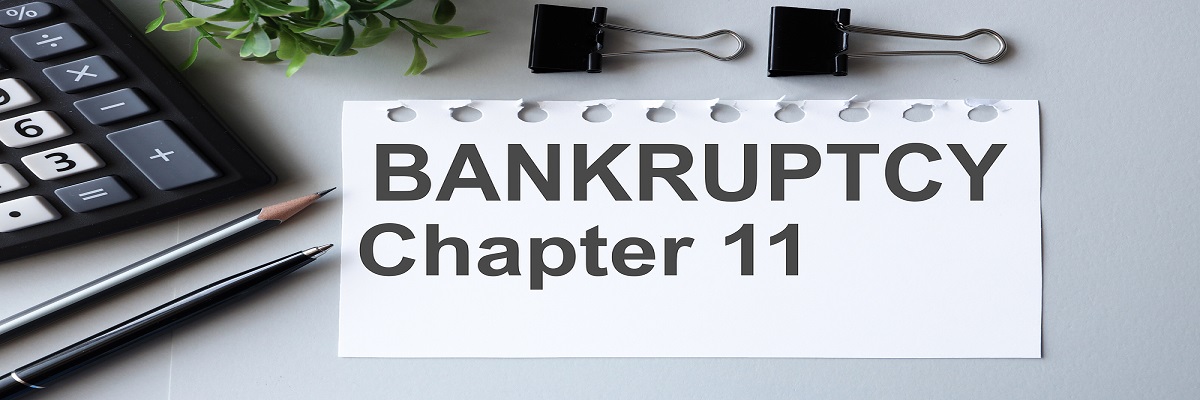Call: 888-297-6203
Debtors looking forward to reorganizing their debts while keeping their assets can opt for chapter 11 bankruptcy, say lawyers of Los Angeles based law firm. Through the reorganization plan, the debtor informs how the creditors will be paid within the stipulated timeframe. The plan needs to be accepted by creditors and approved by the court before being implemented.
Chapter 11 bankruptcy
This chapter is generally used by businesses or individuals with high net worth. When bankruptcy is filed under chapter 11, an automatic stay prevents all collection actions against you. You can continue to run your business despite filing bankruptcy papers. During bankruptcy proceedings, you need to submit relevant reports and documents including those for your reorganization plan. If you file for chapter 11 bankruptcy as a business, your dischargeable debts will be erased if you act according to the plan which is confirmed by the court. For individuals filing under this bankruptcy chapter, you do not get a discharge till all payments as per the plan are made.
Chapter 11 reorganization plan
The plan of reorganization is filed within 120 days of a bankruptcy filing. This period is extended to 18 months if the court approves the request. Once this period is over, the bankruptcy trustee or your creditors can submit an alternate plan. The plan should explain how the debtor plans to repay the creditors. The claims are categorized as per the type of creditors:
- Secured claims (backed by collateral)
- Priority unsecured claims (not backed by collateral but will be paid before nonpriority debts)
- General unsecured creditors (not backed by collateral; paid after priority unsecured creditors)
- Equity security holders (hold equity security like shareholder interest)
After submission of the reorganization plan, the creditors who will receive a lesser amount for their claim can vote on the plan through a ballot. A minimum of one class of impaired creditors will need to accept the plan before it can be confirmed by the court. Creditors who will be paid in full will vote in favor of the plan. Sometimes, the court can confirm the plan even when unsecured creditors vote against it. This is done via cramdown if it is not unfairly discriminating against the impaired creditors.
Changes in plan
If you need to modify your reorganization plan, you can do it before the plan is confirmed. If the voting has been done before modification of plans, a hearing takes place to find out whether the modification does not affect the creditors who had rejected the modification. In case an adverse impact on creditors is expected, the court dictates that another round of voting takes place before the modification will be accepted.
A competing plan offered by creditors
Once the exclusivity period is over, creditors or case trustee can suggest an alternate reorganization plan. Voting is required before acceptance and confirmation of the plan. The court keeps in mind the interest of creditors and equity security holders while confirming the reorganization plan. The court holds a confirmation hearing before approving the plan. The requirements for the plan include:
- The plan should be feasible
- It should be proposed in good faith
- It should be fair and in the best interest of creditors
If your plan satisfies all the requirements, your plan is likely to be confirmed. Call (888-297-6203) to hire experienced bankruptcy lawyers.

